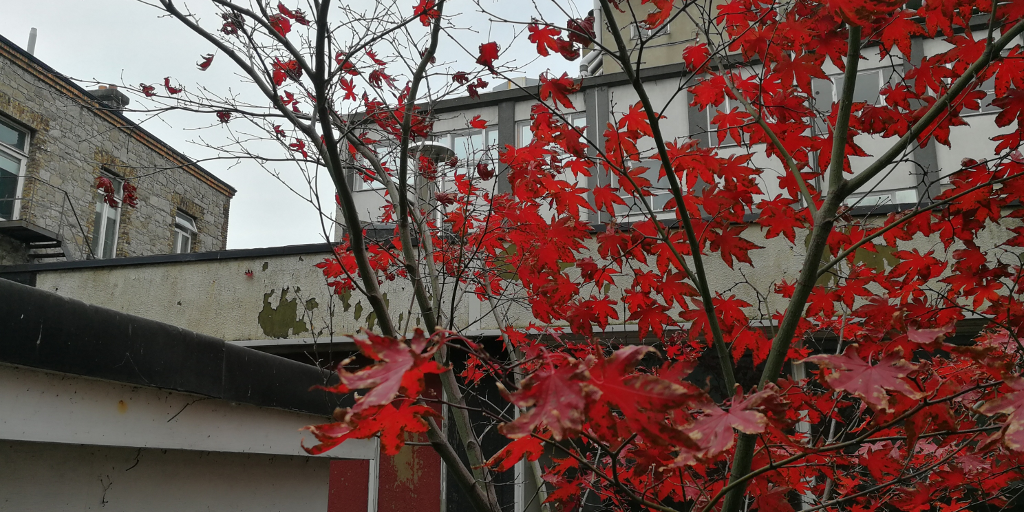- Wild and free: red deer grazing for conservation - 05/06/2019
- Sisters in Science: Dr Liz Dobson - 03/04/2019
- Closing the Gap Between Diversity Talk and Diversity Actions - 13/11/2018
Every day we hear about gender and diversity in science. #WomenInScience tags receive hundreds of tweets and virtual pats-on-the-back. Some might argue that it has become fashionable to talk about women in science. But does all this talk reflect the experience of being part of an under-represented group in science?
Although science continues to be male-dominated, we’re told daily that the organisations we work for care about gender diversity. We celebrate extraordinary individuals from minority groups and hold them up as role models: “Be like this person and you too can make it in your career!”
Here’s a specific example: two special features have been recently published, celebrating women in natural science. The first was a paper in Fire, which comprised a list of 59 women fire scientists with an H-index over 15 (Recognizing Women Leaders in Fire Science). The second was a special issue of Pacific Conservation Biology, comprising 17 papers by influential women scientists, accompanied by an editorial about some of conservation science’s female greats (Women in Conservation Biology).
Both of these journals had fewer than 20% women on their editorial boards at the time these articles were published. Thus, there is a stark discrepancy between the message being sent about our respect for women scientists and the structure of our scientific hierarchy.
Sending public messages about recognising women when deep inequality exists, conveys the idea that it’s possible for women to rise to senior or decision-making positions if they work hard enough and do plenty of inspirational science. It shifts the discussion from what journals, publishers, societies and universities should do, to the behaviours of individual women. Stories of success in an unequal system help women to keep struggling against a system that was not designed to accommodate them, but they do little to change that system. These messages do not help early-career scientists of any gender who come from disadvantaged backgrounds because they might not have had opportunities to overcome those struggles. Women should not have to be extraordinary to advance in their careers. It should be enough that they do good work and contribute to advancing the scientific profession.
Changing the organisational structure of a system gives women, and men with limited opportunity, the freedom to be themselves while also doing better work. Dr Melissa Yoong, University of Nottingham, an expert in gender language in the media, emphasises that “we should require governments and companies to address and eliminate biases in the system” rather than focus on the personal work required by individual women to stay in the system. The same should be said for publishers, journal editorial boards, and people with decision-making positions in universities and research organisations.

To close the gap between diversity talk and diversity actions, people in decision-making positions need to pull their socks up. Instead of focusing on stories and celebrations of extraordinary people, we need to work on, not talk about, structural changes. There is already a diverse scientific workforce from undergraduate to postdoc level and we need to make sure they can continue doing the work they love. As individuals, we can use our collective energy to put pressure on the upper echelons of science to make sure that gender problems don’t simply become a talk-fest.
In my recently published, peer-reviewed Perspective, I present some starting points to spark new initiatives to recruit people of under-represented groups to editorial boards. While I focus on editorial boards, the strategies can be applied more broadly to other realms of science. I highlight practical strategies for improving diversity, drawing on examples from the British Ecological Society, who have strong programs for making real changes. Transparent reporting, diversity targets, strategic invitations, mentoring programs, and self-assigned workloads are all strategies which might lead to structural change.
Celebrating individuals is necessary but shouldn’t come before sustained and serious hard-work to make structural changes to the system. New, creative ways to increase diversity are needed so that women and all under-represented groups are given more opportunities to shape the direction of science.
Read the paper for more!
Increasing Editorial Diversity: Strategies for Structural Change, by Annabel Smith (2018)
Thank you: Valuable discussions with Gwen Deslyper (@DeslyperGwendo) contributed to this blog post and helpful feedback from Emilie Aimé and Yvonne Buckley (@y_buckley) improved the paper. All remaining credit is directed towards the BES and the individuals and groups who have worked outside the spotlight to make real changes that have allowed women scientists to come this far.
______________
About the Author
Dr. Annabel Smith is a Marie Skłodowska-Curie Research Fellow in Zoology, Trinity College Dublin. Her current research focuses on the interaction between changing fire regimes and plant invasion. Find out more about her research here:
Website | www.smithecology.org
Twitter | @smithecology
Google Scholar | Profile
ResearcherID | M-6391-2014
ORCID | 0000-0002-1201-8713


terimakasih telah membgaikan page ini